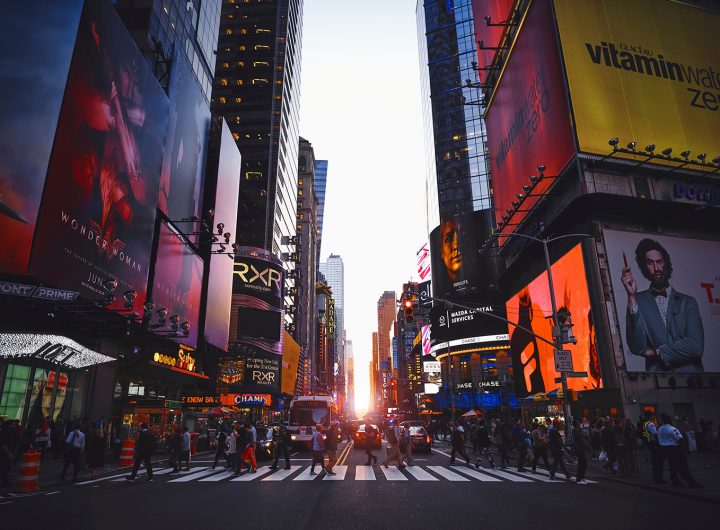- This topic is empty.
-
AuthorPosts
-
28/04/2025 at 11:12 #6890
In the realm of security cameras, resolution plays a pivotal role in determining the clarity and effectiveness of surveillance footage. As technology advances, consumers are often faced with the dilemma of choosing between various resolutions, particularly 1080p (also known as Full HD) and 2K (often referred to as Quad HD). This post aims to dissect the nuances of these two resolutions and provide insights into which might be better suited for security applications.
Understanding the Basics: 1080p vs. 2K
1080p Resolution: This resolution measures 1920 x 1080 pixels, totaling approximately 2.1 million pixels. It has been the standard for high-definition video for many years and is widely used in various applications, including television broadcasts, streaming services, and security cameras. The clarity offered by 1080p is generally sufficient for most residential and small business security needs.
2K Resolution: On the other hand, 2K resolution typically refers to a resolution of 2560 x 1440 pixels, amounting to around 3.7 million pixels. This increase in pixel count translates to sharper images and more detail, which can be crucial in security scenarios where identifying faces, license plates, or other critical details is necessary.
The Importance of Resolution in Security Cameras
When evaluating security cameras, resolution is not the only factor to consider, but it is undeniably significant. Higher resolution cameras can capture more detail, which can be invaluable in identifying intruders or gathering evidence in the event of a crime. However, the choice between 1080p and 2K should be informed by several factors:
1. Field of View (FOV): The effectiveness of a camera is not solely dependent on resolution; the field of view also plays a crucial role. A camera with a wider FOV can cover more area, which may mitigate the need for higher resolution in certain scenarios. For instance, a 1080p camera with a broad FOV might provide adequate coverage for a small business, while a 2K camera may be more beneficial in larger spaces where detail is paramount.
2. Lighting Conditions: The performance of security cameras can vary significantly based on lighting conditions. In low-light environments, higher resolution cameras may struggle to produce clear images. Therefore, it’s essential to consider the camera’s low-light performance alongside its resolution. Many modern 1080p cameras come equipped with advanced low-light technology, which can enhance their effectiveness in dim conditions.
3. Storage and Bandwidth: Higher resolution footage requires more storage space and bandwidth for transmission. A 2K camera will generate larger files compared to a 1080p camera, which can lead to increased costs for storage solutions and potential bandwidth limitations, especially in areas with slower internet speeds. For users with limited storage capacity or bandwidth, 1080p may be the more practical choice.
4. Use Case Scenarios: The intended use of the security camera is a critical factor in determining the appropriate resolution. For general surveillance purposes, such as monitoring entrances or common areas, 1080p may suffice. However, for applications requiring detailed identification, such as monitoring parking lots or high-security areas, 2K resolution could provide the necessary clarity.
Conclusion: Making the Right Choice
Ultimately, the decision between 1080p and 2K for security cameras hinges on specific needs and circumstances. While 2K offers superior detail and clarity, 1080p remains a robust option for many standard surveillance applications. It is essential to evaluate the environment, lighting conditions, storage capabilities, and specific security requirements before making a choice.
-
AuthorPosts
- You must be logged in to reply to this topic.

 Google hit with record EU fine over Shopping service
Google hit with record EU fine over Shopping service  Business booming for giant cargo planes
Business booming for giant cargo planes  Trump-Putin: The understandable story
Trump-Putin: The understandable story